What to do in Gran Canaria: history and nature
Gran Canaria is an island that is home to a surprising history and unexpected natural landscapes: small villages nestled in the mountains, extraordinary landscape formations where the ancient Canarian aborigines shaped their way of life, buildings that hark back to their past and which blend in with the exceptional climate, gastronomy and culture of the Canary Islands.
Today, we have selected places that are remarkable for their history and nature, unmissable places to visit on your trip to Gran Canaria, so take note and explore these unforgettable places with us!
Maspalomas beach
Our first stop is Maspalomas beach, found in the south of Gran Canaria, more specifically in the municipality of San Bartolomé de Tirajana. The beach forms part of the Special Nature Reserve of the Maspalomas Dunes, which have been protected since 1994, where you will feel like Lawrence of Arabia!
This breathtaking space originated hundreds of years ago, resulting from sand being blown by the wind. A natural phenomenon that has created stunning dunes between 15 and 25 metres high in more than 400 hectares that can be visited today.
You can wander along the designated paths, take photos, breathe the air and soak up the silence and the immensity of these dunes. We also recommend:
A visit to the Maspalomas dunes vantage point, which offers stunning panoramic views of the golden sand formations.
The Maspalomas lighthouse. Its construction began in 1884, by the engineer Juan de León Castillo from Telde, and it emitted its first beam of light in 1890. These days, this landmark and historic building is surrounded by a number of shops and restaurants. The small ethnological museum at the Faro de Maspalomas can be visited from Monday to Sunday, from 10.30am to 5pm.
Vegueta: Las Palma’s old town
In the old town of the capital you will find narrow but convenient cobbled pedestrian streets that wind their way revealing, in every cranny, door and cobblestone, upwards of 500 years of history: we are talking about the famous historic quarter of Vegueta.
It is nowadays known for its shops, bars and street cafés where you can discover the major events that have taken place in the heart of Las Palmas since its foundation, where years ago, pirates, merchants and warriors strode the cobbled streets of the city’s best-known neighbourhood.
To find out all about its history, we recommend you visit:
The Canary Islands Museum, located near the Cathedral of Las Palmas. It was established in 1879 to foster science and culture in the city, and today it is a compulsory stop for those who are interested or curious about the history and prehistory of the islands, as well as the way of life of the ancient aborigines.
The Gabinete Literario is a multicultural institution that endeavours to promote and create the island’s artistic manifestations. The façade of the building is in itself an unmistakable part of the city’s heritage. Its exquisite preservation and location next to the Alameda de Colón monument have turned the Gabinete Literario into a film location. It has even appeared in various productions such as Palm Trees in the Snow (Fernando González Molina, 2014), Allied (Robert Zemeckis, 2016) and the horror classic Oasis of the Zombies (Jesús Franco, 1972).
Santa Ana Cathedral
The cathedral of Las Palmas, also known as Santa Iglesia Catedral-Basílica de Canarias, towers above the well-known Plaza de Santa Ana, in the heart of the Vegueta neighbourhood.
As a result of the long construction process, the cathedral straddles several architectural styles: Gothic, Renaissance and Neoclassical. It is one of two cathedrals in the archipelago and is a sacred place of worship for the faithful and for enthusiasts of architecture and history.
Inside the impressive church, you can see a bell that in itself commemorates the invasion of the island of Gran Canaria by the Dutch Navy. During the siege, which was marshalled by Vice-Admiral Pieter van der Does in 1599, many valuable paintings and other works of art were destroyed by the bonfires set by the conquerors. The assailants attempted to burn the bell, together with other church property and belongings, but were unable to do so, and so decided to take it back to the Netherlands as a spoil of war. Years later, in an exercise of historical justice, the Dutch society of Gran Canaria donated the bell to the cathedral itself, where it can be seen today.
The church is the resting place of the remains of many of the islands’ personalities, such as Cairasco de Figueroa, a key author of Canarian literature. You can see the mausoleum of Fernando León y Castillo, a Spanish diplomat who held the title of Marquis of Muni and served as a minister of the crown, and if you are passionate about Canary Islands culture, you cannot leave without going into the chapel of San José, the burial place of José de Viera y Clavijo, a prestigious Catholic priest who is acknowledged to be the cornerstone of the Enlightenment in the Canary Islands.
As a result of the refurbishment work, you can access a convenient lift, located in the south tower. It takes visitors to the highest part of the building, providing unrivalled views of the old town.
Guayadeque Ravine
If you are in search of an unforgettable natural setting, where history and gastronomy blend together effortlessly, you have to visit the Guayadeque ravine. This incredible natural space captivates its visitors, the only thing you have to bear in mind is that there is hardly any phone coverage, so disconnect and enjoy.
This ravine, located in the southwest of the island, is the largest in the archipelago and divides the municipalities of Agüimes and Ingenio into two. From the road on both sides, you can behold its steep slopes and easily identify the breathtaking rock crevices where the aboriginal Canary Islanders once lived.
Many of these are still used today as ‘cave houses’, rural tourist accommodations or as restaurants. In fact, a meal in one of these cave restaurants is a must. You’ll spot them on your ascent to the ravine, so you can’t miss them. A more extraordinary setting is hard to find. You’ll feel the change in temperature when you enter and you’ll be able to imagine what it’s like to live inside them…
Do you fancy discovering Guayadeque on foot? You can do that too! Where the car journey ends, a path begins that crosses the irrigation ditch and old dirt tracks until it reaches the Los Marteles Volcanic Caldera. It’s a challenging route, 15 km long, with a 1000 m elevation gain and can take up to 6 hours to complete, but the stunning views are more than worth the effort!
We recommend you visit the Guayadeque Ravine Interpretation Centre, where you can discover all the historical mysteries of this otherworldly landscape. You’ll find it on Carretera del Barranco de Guayadeque, open from Tuesday to Sunday from 9am to 5pm.
Roque Nublo
Our next spot not only promises to delight the most adventurous and sporty visitors, but will also reward nature lovers as it is home to the most eye-catching views on the island. We are talking about Roque Nublo.
This wondrous formation is located in the centre of the island, in the municipality of Tejeda, and is an indisputable symbol of Gran Canaria and of the whole archipelago. It is considered one of the largest rocks in the world, rising 80 metres above its base and 1,813 metres above sea level. Formerly, the ancient aborigines gathered in sacred places, called almogarenes, where they held rituals and worshipped the god Acorán, also known as “El Celestial”. Roque Nublo was one of these sites.
This eye-catching location is perfect for marvelling at the vast expanses of pines. Canary Island, Monterey, stone and Aleppo pines stretch as far as the eye can see. The fauna ranges from Egyptian vultures and kestrels to hedgehogs and rabbits, along with native breeds such as the Gran Canaria variable striped mullet and Boettger’s wall gecko.
To reach the summit you can take the path known as ‘el camino del Nublo’, the busiest and best known, both by locals and tourists, since it is built to take in the amazing views offered by the path. As if that were not enough, it is not difficult at all, making it possible to go with the whole family. For those who want a slightly more challenging walk, there is another option: ‘la vuelta del Nublo’, a path that winds its way to El Tablón, to the north of the rock.
The paths weave their course through nature, enabling you to gaze upon the volcanic beauty of the islands. You can behold the Tejeda caldera, Pozo de las Nieves, Roque del Fraile and Roque de la Rana, the timeless companion of Roque Nublo, with its morphology reminiscent of a frog sitting on a water lily.
It is an idyllic spot to view Teide while you gather your energy with the gentle trade winds blowing through the valleys and ravines.
Tejeda
Since we are close to the Roque Nublo, we can not leave Gran Canaria without stopping by the eye-catching municipality of Tejeda, spread among the peaks of the island more than 40 kilometres from the capital and 1,500 meters above sea level. This visit guarantees outstanding views for photography enthusiasts, a very special route for cycling lovers and a vast expanse of unforgettable almond trees and Canary Island pines. Will you join us?
Following its charming pedestrian streets, beside the town hall you will find the Church of Nuestra Señora del Socorro, which is outstanding for its beauty, both inside and out. You can visit the Abraham Cárdenes Sculpture Museum, a well-known sculptor of Canary Islands origin, and the Centre of Medicinal Plants. In the latter the entrance fee is 2 euros and it is open to the public from Monday to Sunday from 10.30am to 3.30pm.
Dulcería Nublo, founded in 1946, is a must-visit spot in Tejeda to enjoy the sweets made from local almonds. You will find it open every day from 9am to 8pm. No doubt someone will ask you if you tried their classic chocolate palmeras (palm-leaf-shaped pastry) and bienmesabe (typical Gran Canaria almond-based sweet)!
Leaving the village, you can head towards the Roque Bentaiga, a distinctive and emblematic monument of the island of Gran Canaria together with the Roque Nublo. Unlike how the aborigines used the latter, Bentaiga was used as a fortress until before the end of the 15th century, when the Castilian troops arrived on the Canary Islands coasts.
On the way to the rock formation, you will find La Cesta de Tejeda, a highly popular monument among tourists and locals that symbolizes the efforts made in the past to collect almonds and potatoes in Tejeda with the baskets, which are accurately depicted in this unique work by Portuguese artist Rita Loureiro. Don’t miss out!
Botanical Garden Viera y Clavijo
Can you imagine a place where hundreds upon hundreds of plants of all types, varieties and corners of the world are gathered together? Not only does such a place exist, but you can also find it in Gran Canaria. It is the “Viera y Clavijo” Botanical Garden, located in Tafira, a suburb of Las Palmas.
This wonderful space stretches over 27 hectares and is the largest botanical garden in Spain. There you can find statues, fountains and monuments located throughout the grounds in memory of the naturalists who made this project possible, creating a unique environment.
Initially, Viera y Clavijo, the well-known Catholic priest from Gran Canaria, was the one who made the first steps to build the garden. However, a well-known Swedish botanist, Eric Ragnor Sventenius (1910-1973), was the one who continued the work and concluded the project at its present location, inaugurated in 1952.
The Botanical Garden has two entrances. The top one is easily accessible by public transport, but is not recommended when having mobility issues. A stone staircase flanked by dragon trees winds down to the lower part of the park with its cactus garden, ponds, palm trees from all around the world and a variety of endemic plants.
In the exhibition room in the Plaza de los Nenúfares, one of the main squares in the park, there are several exhibitions where you can learn all about the plant diversity of the Canary Islands as well as the other islands of Macaronesia.
Except for December 25 and January 1, the Canary Garden is open to the public every day of the year, and admission is completely free.
Now that you are familiar with some of the best places to visit in Gran Canaria, be sure to visit one of the pearls of the Canary Islands archipelago. You’ll be back!
Categories: Tips, Gran Canaria, Be inspired


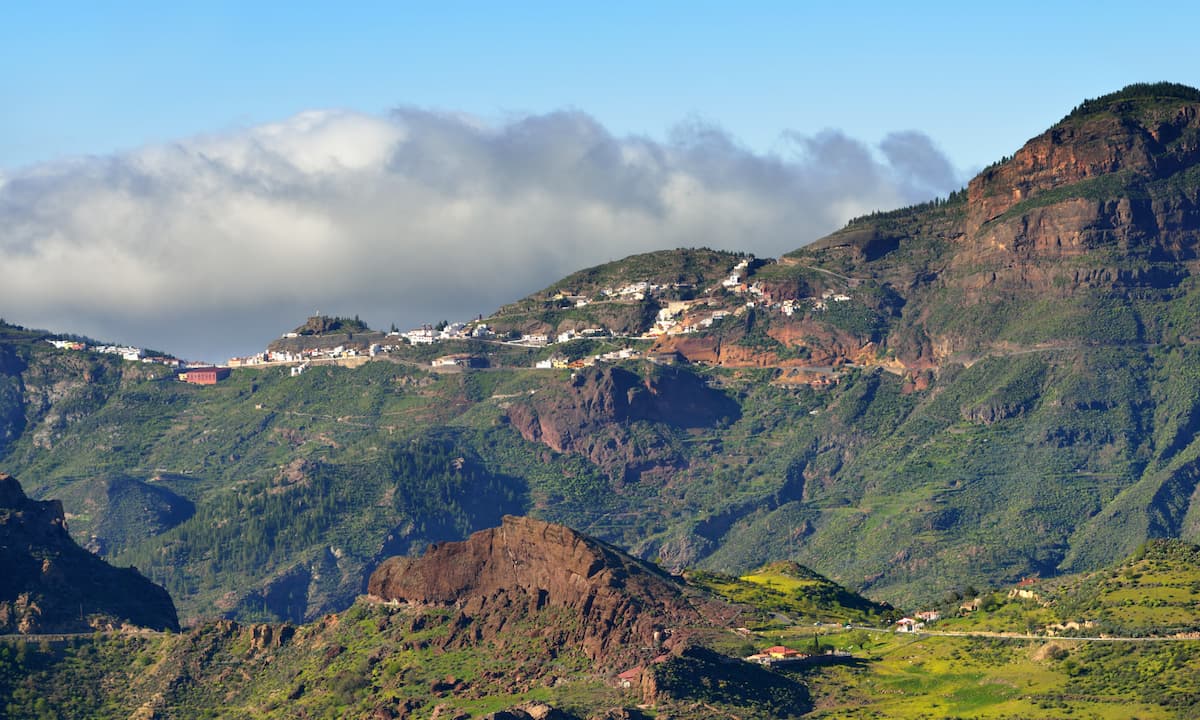
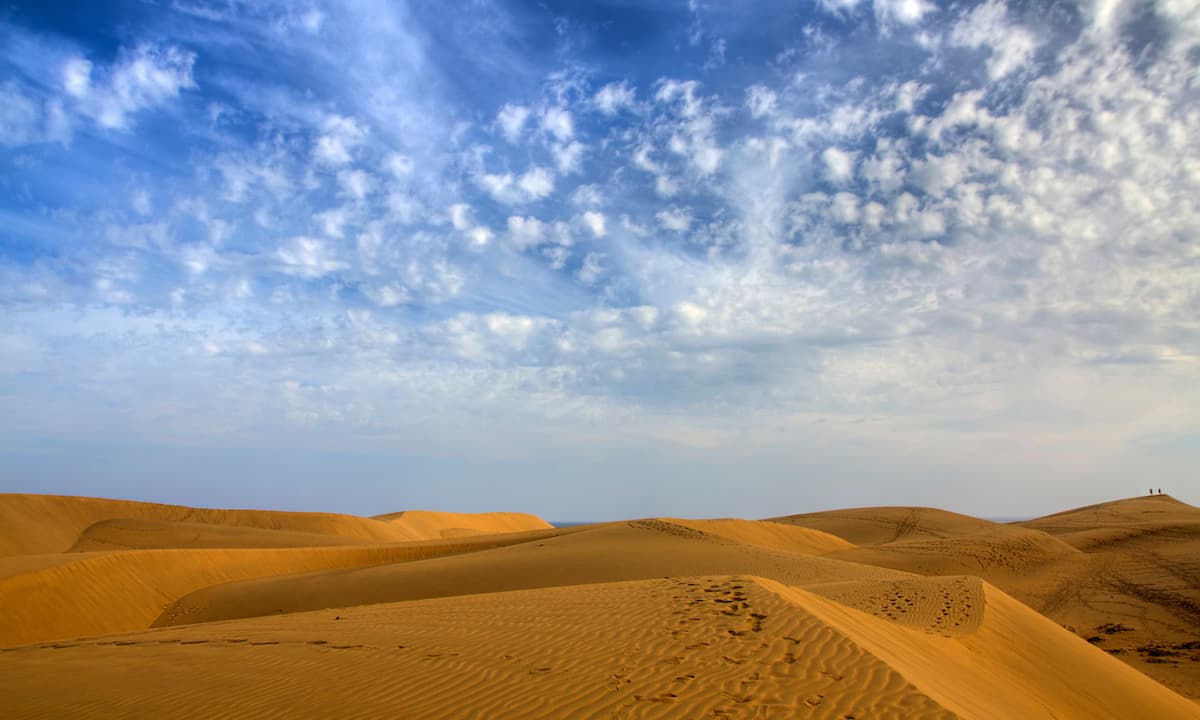
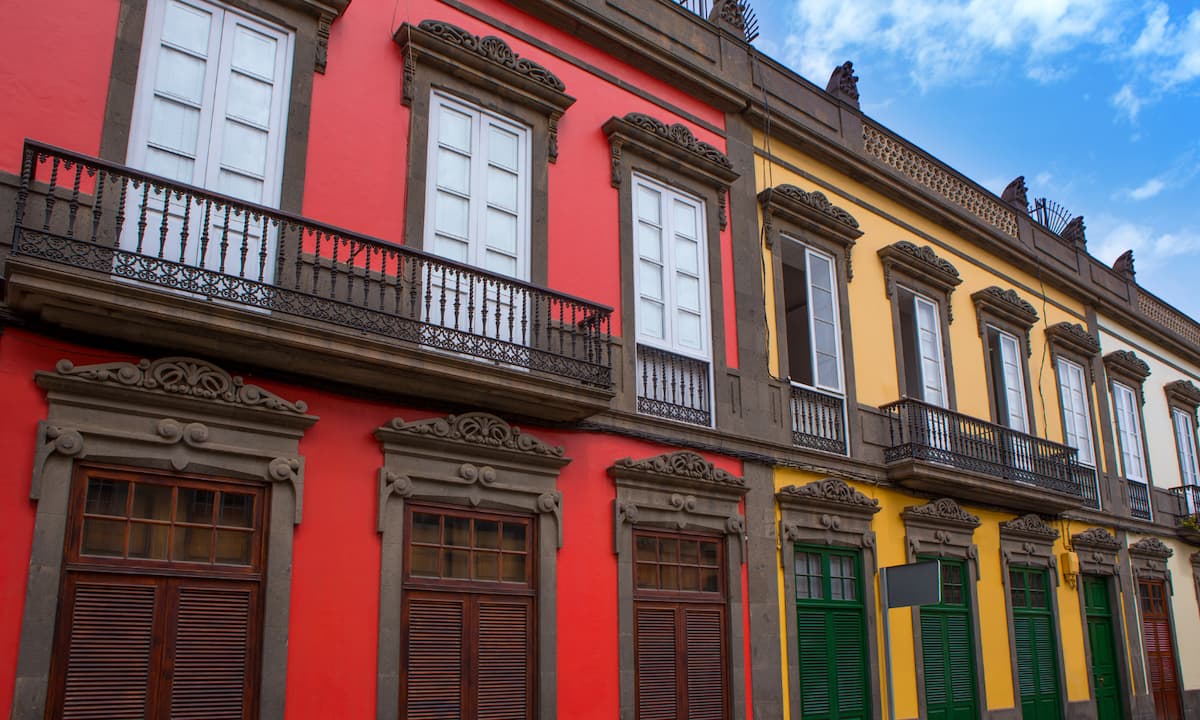
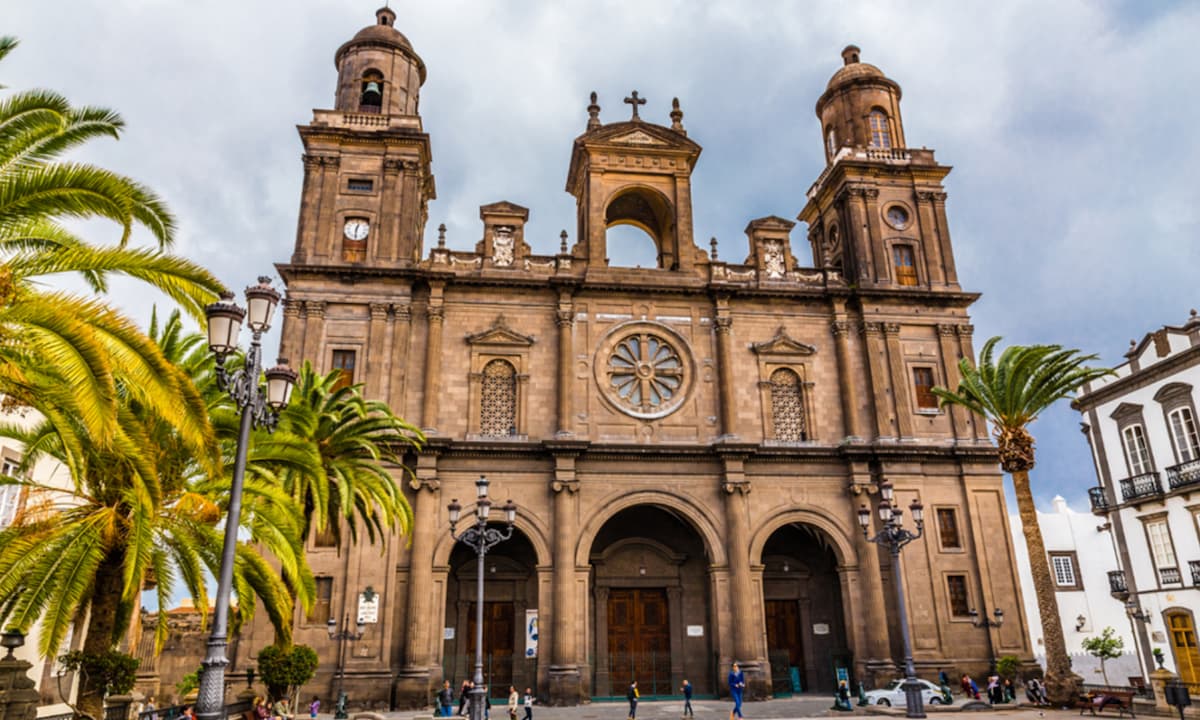
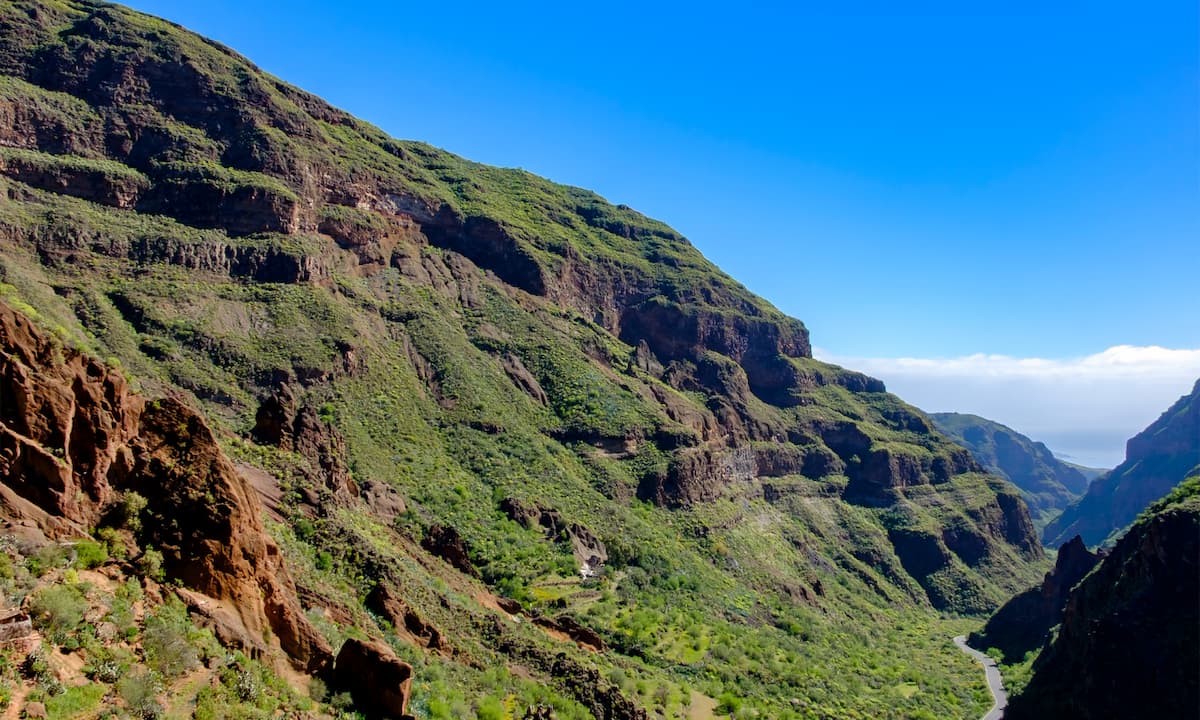
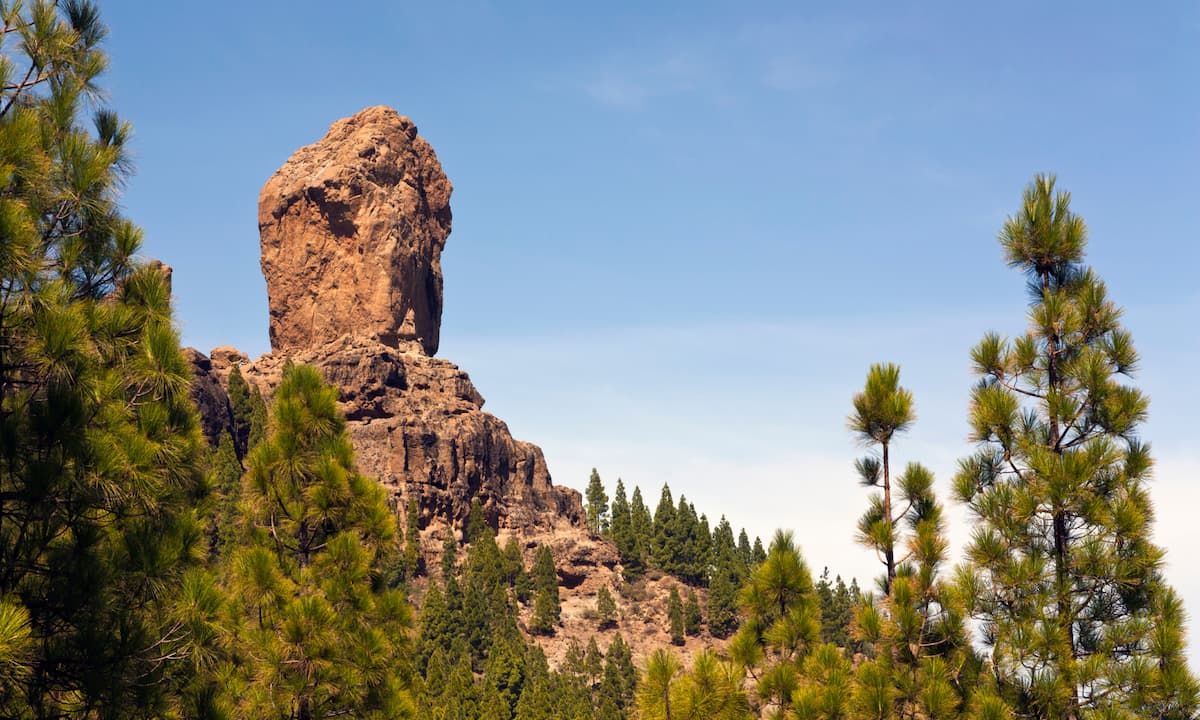
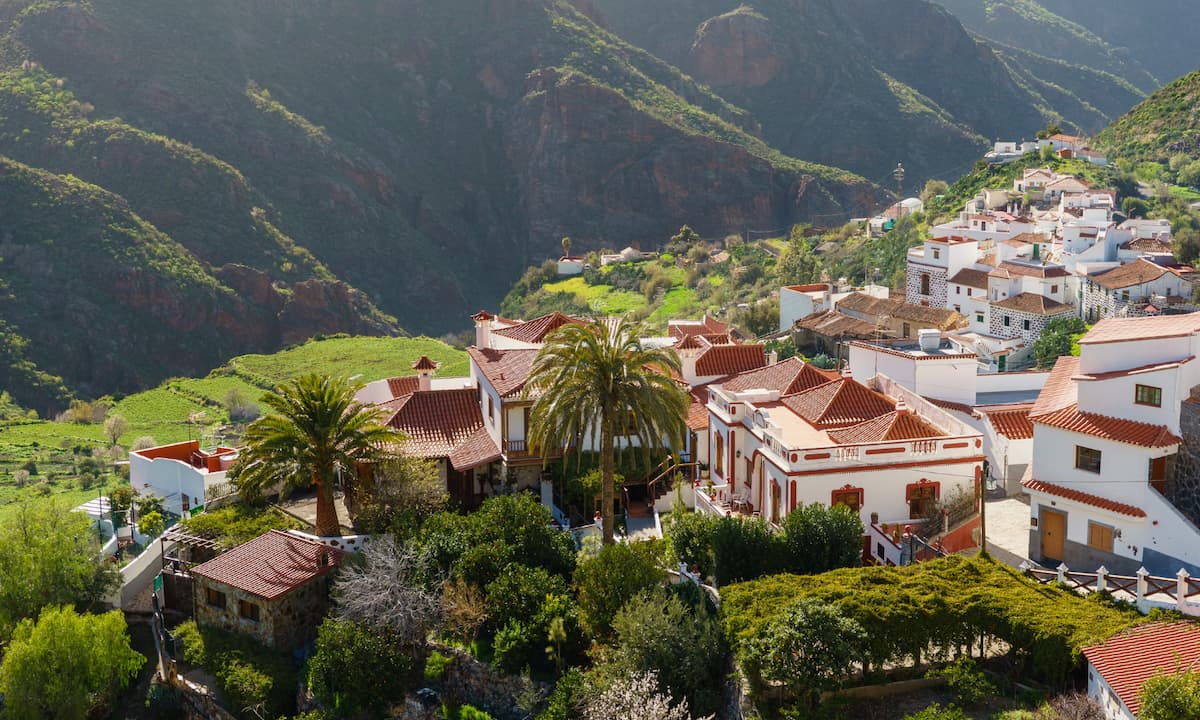
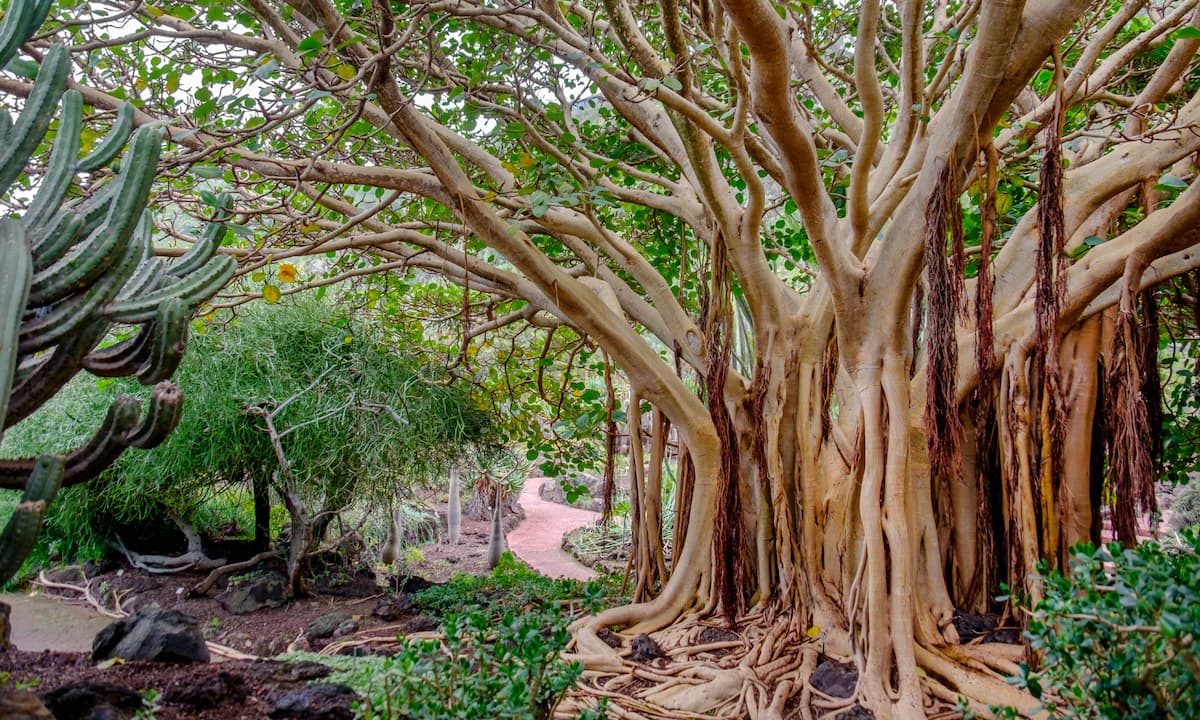

Leave a Comment